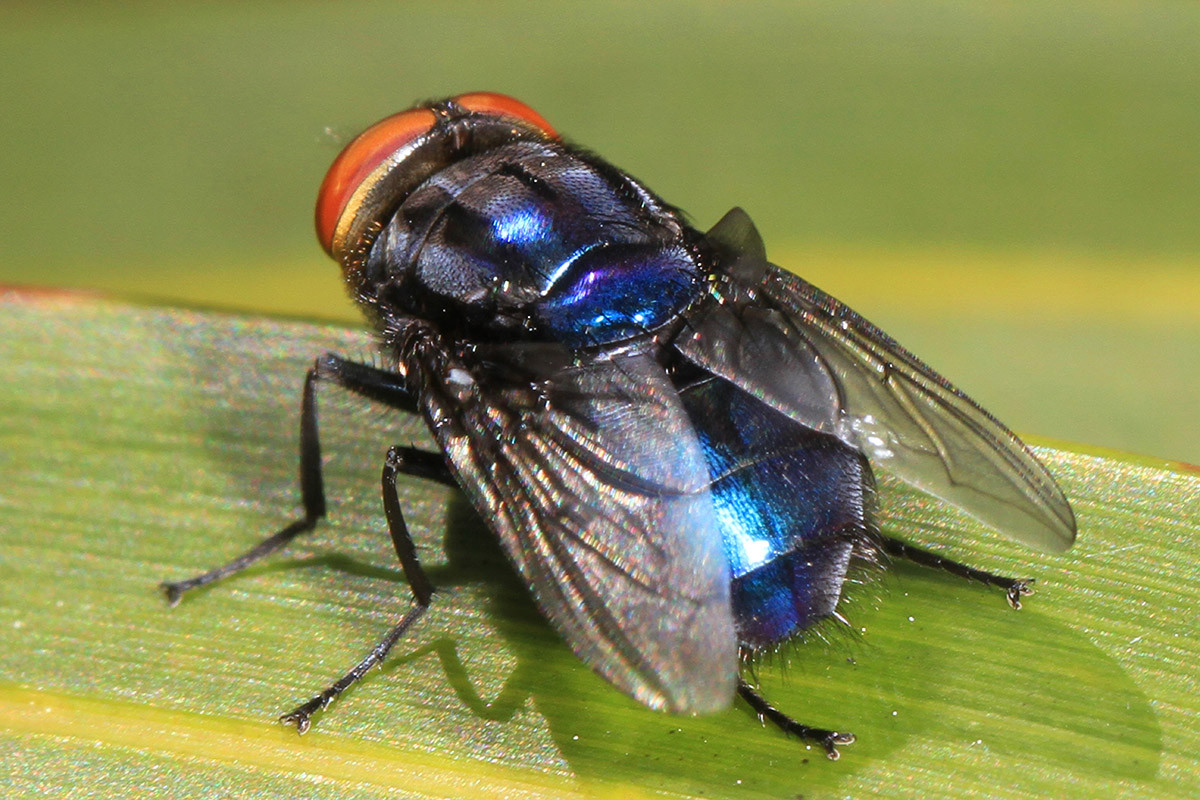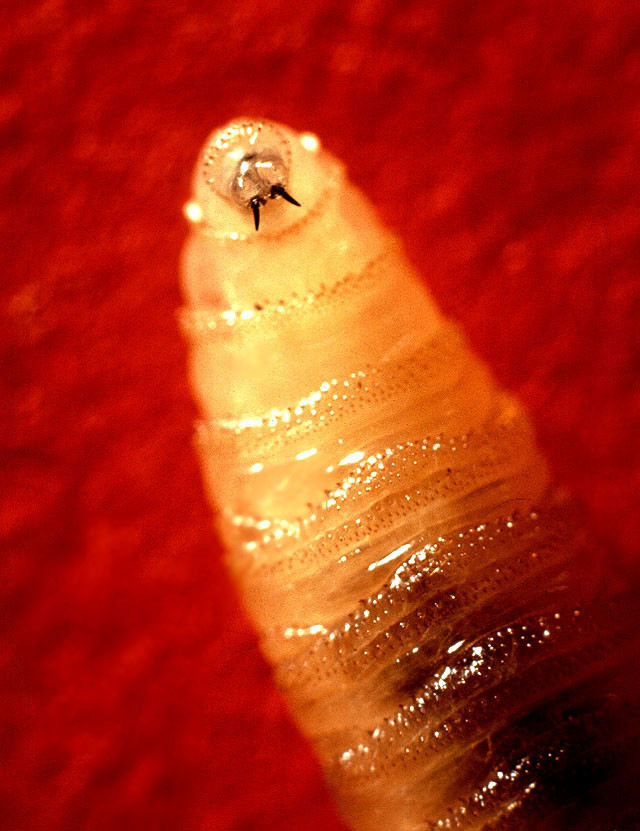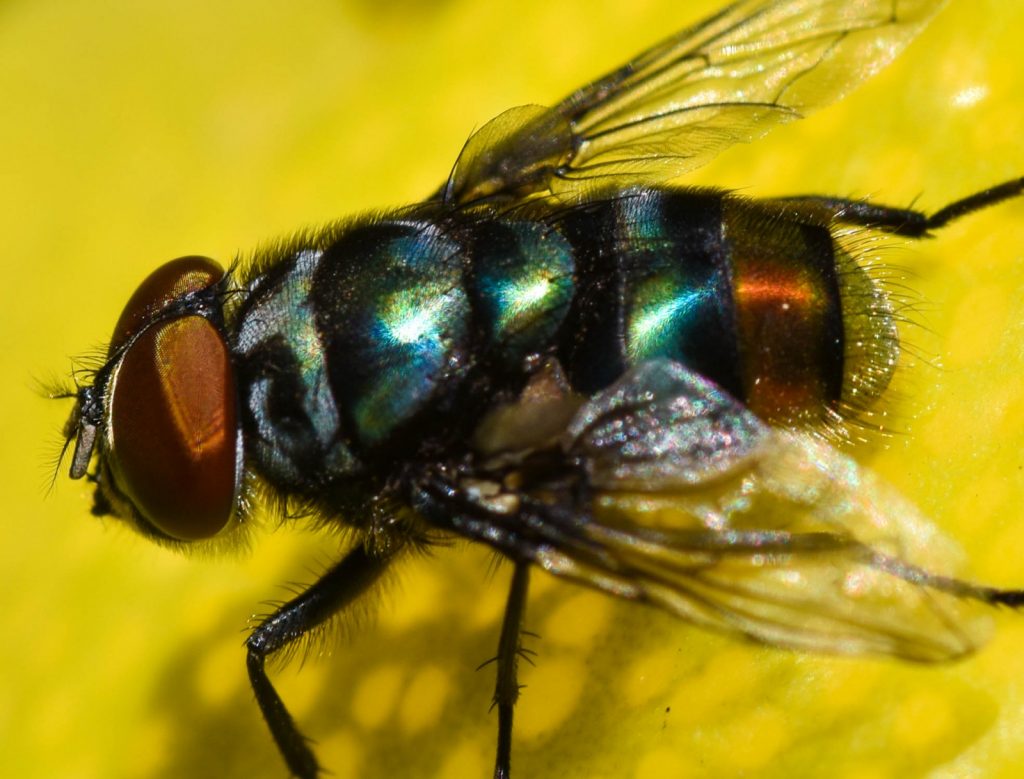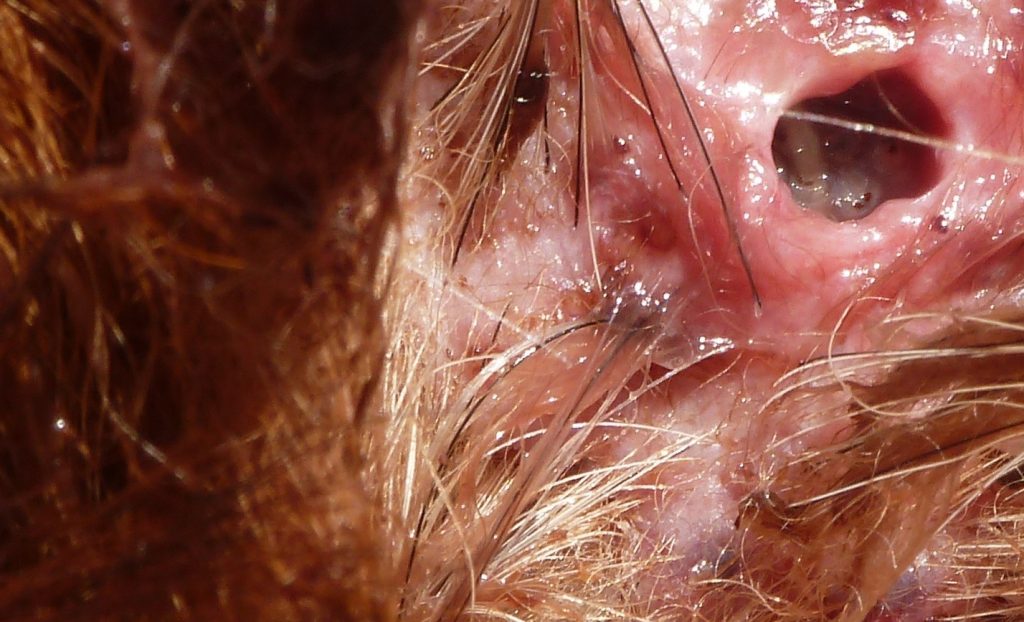Billions of Flies Dropped From Planes to Fight Flesh-Eating ‘Man-Eater’ Maggot

©️ Judy Gallagher
The U.S. government plans a large-scale campaign using flies to fight man-eater maggot in southern Texas and northern Mexico. This pest, also called the New World screwworm, feeds on living flesh and poses a deadly threat to livestock and wildlife.
Therefore, officials will release billions of sterile flies from airplanes to stop its spread and protect animals and the beef industry.
Flies to Fight Man-Eater Maggot: How the Strategy Works

To start, the USDA breeds male flies and sterilizes them with radiation before releasing them into infested regions. Then, these sterile males mate with wild females. However, the eggs laid do not hatch, and larvae never develop. Over time, this disrupts the breeding cycle and reduces the population. Compared to pesticides, this method is safer and more sustainable.
The Biology Behind Man-Eater Maggot

The man-eater maggot is the larva of Cochliomyia hominivorax, which means “man-eater” in Latin. Females lay eggs in animal wounds, where larvae eat live tissue. Eventually, this causes deadly infections. However, female flies only mate once. This key fact allows the sterile male strategy to work well. It blocks reproduction after just one encounter with a sterile male.
Fly Factories and the Fight Against the Man-Eater

Currently, the Panama factory produces 117 million sterile flies per week. However, the USDA aims to produce 400 million weekly. To meet that goal, it is building a fly factory in southern Texas by late 2025. In addition, it plans to convert a Mexican fruit fly facility into one for screwworms by July 2026. These sites will ensure large-scale, steady production.
Why Flies to Fight Man-Eater Maggot Could Be a Game-Changer
This strategy has worked before. From 1962 to 1975, the U.S. and Mexico released 94 billion sterile flies to stop the pest. Now, with cases rising again, this proven solution returns. Since traditional pesticides failed, this method gives hope. Experts call it one of the USDA’s greatest scientific successes. It could even serve as a global model.
You might also want to read: Liverpool Mourns Legend Diogo Jota Who Died at 28


